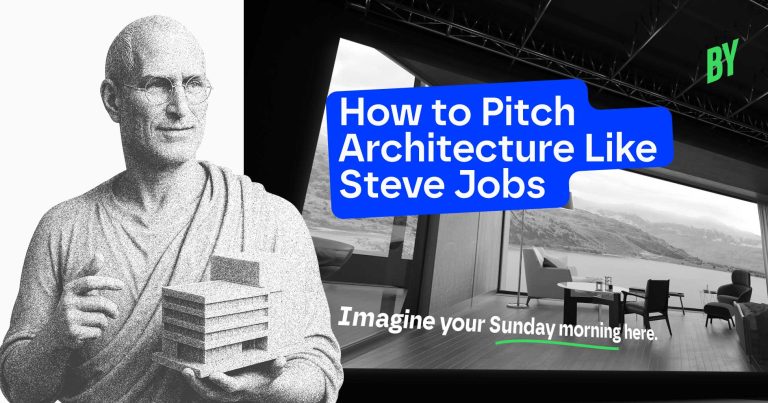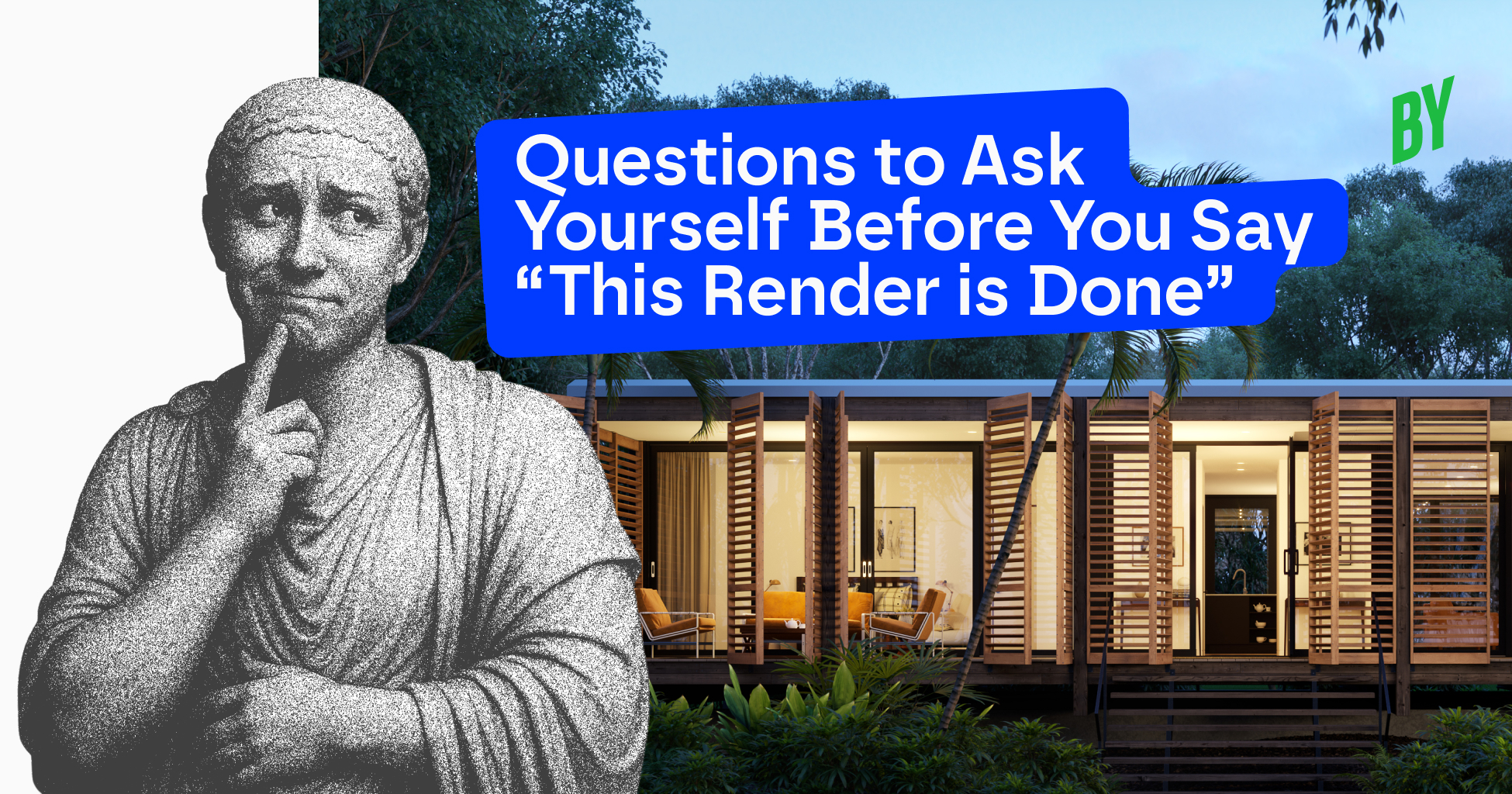Why a Render Can Be Technically Right and Still Feel Wrong
You can hit every mark on your software checklist and still fall short. Because rendering isn’t just visual. It’s visceral.
When a render is truly done, it holds something intangible: stillness, warmth, curiosity, presence. A tension that says, “This could be real.”
You feel it in your gut. Not just your viewport.
A technically perfect render might show the space. But a complete one invites the viewer in. It has narrative weight. It makes people pause.
That pause? That’s what approval feels like.
How to Know If a Render Feels Real
Here are a few emotional cues that signal readiness:
- The viewer doesn’t question the image—they imagine living in it
- There’s depth, atmosphere, and subtle imperfection
- It evokes the intended emotion: calm, awe, serenity, anticipation
That moment when the curtain moves, the book lies open, the coffee steams—that’s when you’re done.
You’re not just rendering a space. You’re rendering a moment.
Clean vs. Complete
Clean is a file that passes the technical test. Complete is a scene that passes the emotional test.
You shift from “What else do I need to fix?” to “What else do I need to feel?”
Lighting sets the tone. Composition leads the eye. Every pixel has purpose.
The image doesn’t just communicate a layout. It conveys intent.
That’s when clean becomes complete.
The Story Cue
Want a fast way to test believability? Look for story.
A lived-in throw. A disturbed chair. A half-sipped glass. Morning shadows slipping across the floor.
These moments remove sterility. They break the perfect showroom aesthetic and invite emotion into the frame.
If the space feels too untouched, the viewer becomes a critic. If the space feels lived in, they become a participant.
Stop Designing for Clients Who Don’t Demand More
If you’re delivering the bare minimum because “this client won’t notice,” you’re reinforcing the kind of work (and clients) you don’t want long-term.
Every render you share becomes your reputation. Make it speak to the kind of clients you want to attract.
It’s easy to fall into the trap of “they won’t see the difference.” But the right clients will.
Design for your future clients. Not your current ones.
Do the POV Gut Check
Before you hit export, step into the render. Walk through it in your mind. Ask:
- How does it feel?
- Am I relaxed? Curious? Inspired?
- Or is something just… off?
This internal POV check helps you detect what the eye misses.
You’re not testing lighting. You’re testing presence.
Fix the feeling before you fix the file.
Real-World Practice: The Better Reference
Sometimes, clients give you references that are technically weak. Flat lighting. Lifeless compositions. Low effort.
You could match it. But you don’t.
You show them something more thoughtful. And they feel the difference.
That’s what makes them come back. That’s what builds trust.
You’re not just fulfilling the brief. You’re elevating the expectation.
The Cost of Rushing “Done”
A rushed render might save time. But it loses impact.
You’ll hear: “Can we try another version?” You’ll feel: hesitation. Doubt. Distance.
Your design didn’t fail. But your render didn’t build belief.
That’s why it’s worth an extra 5%. Not for perfection. For connection.
Don’t hit send just because the clock says so. Hit send when the image says enough.
The Final Question
Here it is: If you were the client—would you approve this render?
Would you feel confident? Would you say yes? Would you trust the team behind it?
If not, you’re not done.
Give it one more pass. Not for perfection. For presence.




